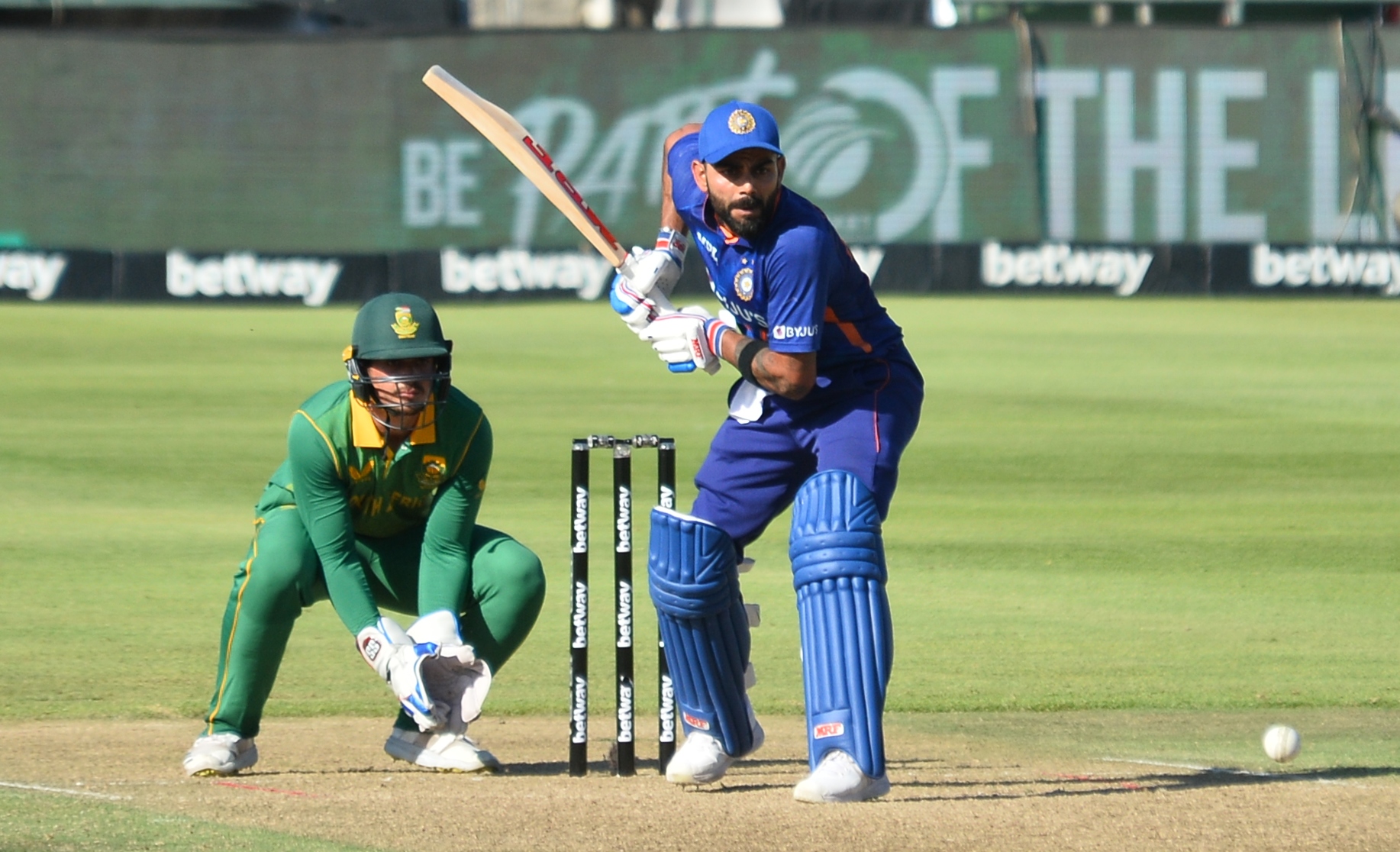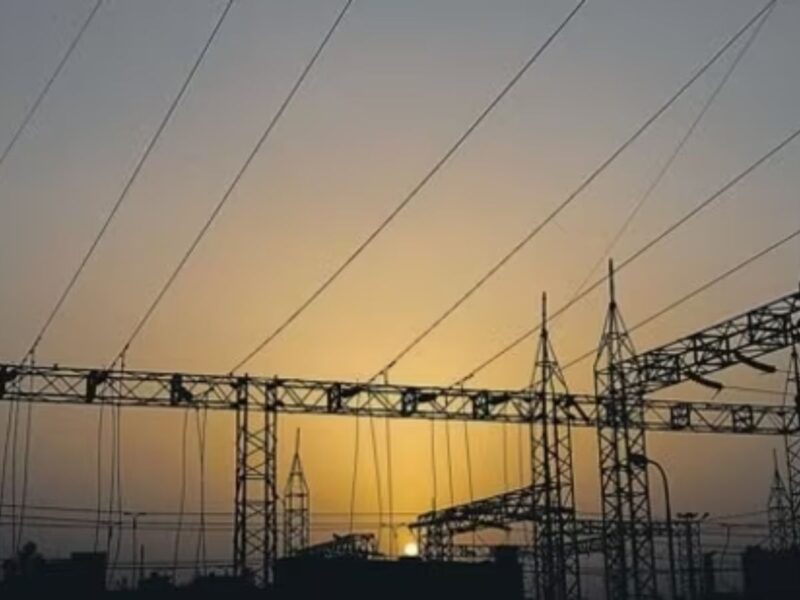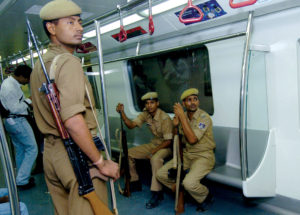Captains have often been summarily dismissed but the history of cricket shows that if they put the needs of the team first, they can still perform well enough to help India win.
To put the record straight, Team India lost both the Test and One-day series in South Africa.
This came at a time when it was widely believed that the home side was probably the weakest ever fielded against any touring side and India definitely had a chance to conquer the final frontier. But not only did South Africa first bounce back to beat India after being down 0-1 in the Test series, but they also went on to sweep the ODI series 3-0 against an out-of-sorts and deflated Team India.
In normal circumstances, when a team does not do well in any series, the captain gets all the flak and criticism. He could even be asked to step aside from the leadership role. The same thing applies to the coach also. If the results don’t go their way, BCCI’s top bosses, along with the senior selection panel, take a call on whether the captain or the coach should be continued with or not.
But the circumstances here are completely different.
BCCI president Sourav Ganguly, the five wise men of Indian cricket (whom Mohinder Amarnath famously called the “bunch of jokers”), and skipper Viral Kohli all had a hand in triggering the recent turmoil in Indian cricket.
From a team that crushed Australia Down Under for the first time in its history, or even took a 2-1 lead against England in their backyard in recent months, they were crushed as if an army was fighting a battle without any general. The same India team that ruled world Test cricket for the last four years folded like a pack of cards.
Every cricket follower knows what drama happened between the selectors, Ganguly and Kohli, before a team that had won 16 bilateral series out of 19 left for the Rainbow Nation tour.
The way Kohli lashed out against Ganguly and selectors after he was replaced as leader of the ODI team left no doubt in the minds of anyone that this was going to be his last series as Test captain as well.
BCCI president and chief selector, Chetan Sharma, opened up the war front against Kohli even before the team landed in South Africa. Was it an ego tussle between two of India’s most successful captains, Kohli and Ganguly or something else?
Going by former chief coach Ravi Shastri’s views, “Many people wouldn’t have been able to digest it if Virat Kohli had gotten 50-60 Test wins under his captaincy”, there was no doubt that a full-fledged war was happening outside the playing field.
And the soldiers who were to fight on the ground looked jaded and confused.
The writing on the wall was loud and clear. “Play safe and switch loyalties to please the new boss”. The boss in this case was none other than the new chief coach, Rahul Dravid.
The same Dravid was doing an outstanding job with India’s young cricketers. His record as National Cricket Academy (NCA) director or as coach of India’s Under-19 team was impeccable.
If insiders in the BCCI are to be believed, Dravid was not ready for the senior team’s job at this point of time. He wanted to be with his family in Bengaluru to be with his kids. But BCCI looked to be in a hurry. The former India skipper was left with no choice but to take up the responsibility of a job being vacated by Shastri.
Here we are…where Dravid’s first stint proved to be a disaster. Kohli exited on a sour note. Only one camp is celebrating and that is of Ganguly, even though it cost India the reputation of world-beater.
Who is to blame?
The South Africa team, which was having its own share of political problems back home and had not won anything except against Zimbabwe and Sri Lanka in recent times, has now emerged as one of the strongest teams in world cricket.
A team which had not beaten India in the last 10 ODIs, swept the series 3-0.
On the other hand, there is no impact whatsoever of Team India’s loss on either the Indian selectors or the BCCI president. The former players, mostly on BCCI payroll, have rather started building a new narrative by blaming replacement skipper KL Rahul for the loss.
They forget that even Kohli, who now stands as India’s most successful Test captain, needed a lot of handholding and guidance at the start of his captaincy. Fortunately for him, there was Mahendra Singh Dhoni, who was doing it without any pre-condition. There were times when Kohli was seen fielding in the deep and Dhoni took entire control of field placement or bowling change in his hands.
Their camaraderie was such that no ego issues were involved, and they both complimented each other on and off the field. It was only after Kohli grew in confidence as a leader that Dhoni quietly stepped aside from the central role.
It was then that a mature Kohli refused to compromise on the players’ physical fitness by stressing on yo-yo tests. It was also Kohli who first played with five bowlers in Tests, leading by example, scoring tonnes of runs till 2019. This was possible because Kohli’s bat was doing most of the talking. He chased any target, even if that resulted in losing matches as the one India lost in Australia by 48 runs while chasing 364 in 98 overs.
So what was so urgent for Ganguly or for the BCCI to get rid of Kohli?
Anyone who has followed Indian cricket and understands a bit of its administration would know that it was not the first time it has happened, and this won’t be the last either.
Former India World Cup-winning captain Kapil Dev was sacked within a year of winning the 1983 World Cup and was replaced by Sunil Gavaskar. The maestro, Sachin Tendulkar, was unceremoniously removed as captain and then played most of his cricket as a batsman only. In fact, in his autobiography Playing It My Way, Tendulkar described how humiliated he felt after his removal as captain.
Ganguly, too, was fired in 2005 after a disagreement with the then-coach, Greg Chappell. The list is long enough, starting from Ajit Wadekar to Mohinder Amarnath.
Amarnath’s case was even interesting. Having got a call from someone in the BCCI informing him about his new role as the captain of the national team for the series against the West Indies in 1987-88, Amarnath reached Chandigarh only to find out that Dilip Vengsarkar had already been named captain.
Indian cricket, however, needs both Ganguly and Kohli for the betterment of the game. Ganguly certainly was the first-ever player to become the BCCI president after that famous Supreme Court intervention, whereas Kohli is only 33 and has many more years to serve the Indian team as a batter.
Now is the time that Kohli 3.0 should be treated with the utmost care by the Board. He could be as damaging a batsman as any team in the world with ‘no responsibility’. Amidst the talk of issuing a show-cause notice to Kohli, fortunately, better sense has prevailed on the BCCI’s part.
Now is the time when Kohli should let go of his ego and play under anyone for the good of the team. This will help Indian cricket a great deal. It’s his duty and time to guide the new leader like the way Dhoni did to him.
India certainly can’t afford to lose Kohli the batsman!





